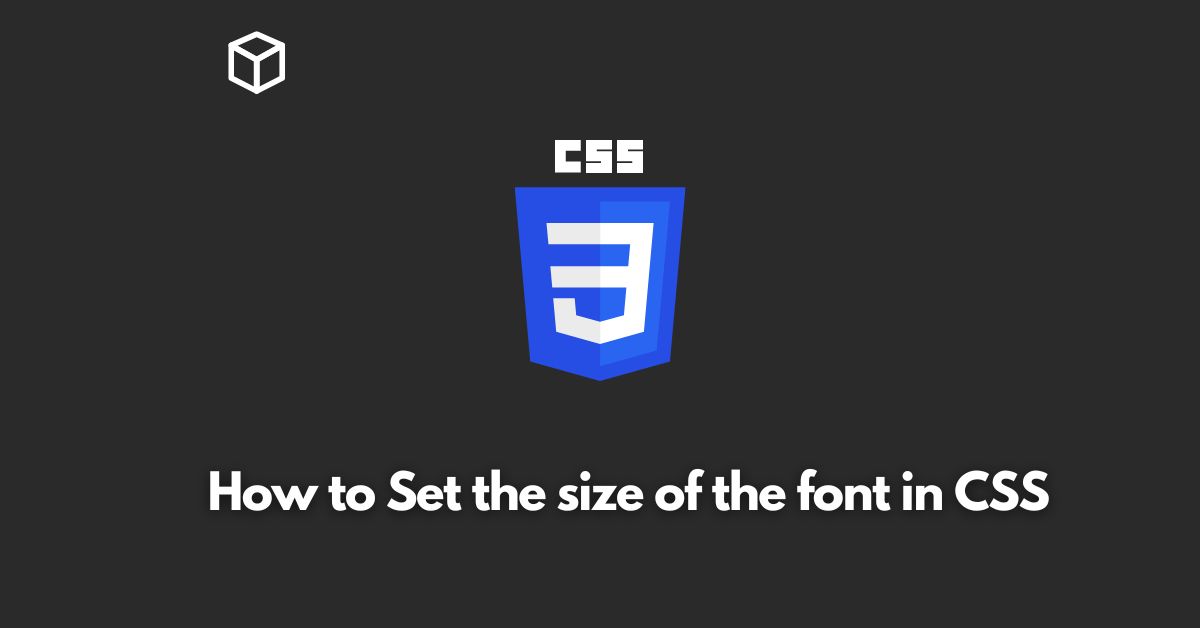As a web developer, one of the most important things you need to know is how to control the appearance of text on your website.
One of the most basic ways to do this is by setting the font size using CSS.
In this CSS tutorial, we’ll go over the different ways to set the font size in CSS, and provide some examples to help you get started.
Setting the font size in CSS
There are several ways to set the font size in CSS, including using absolute units, relative units, and keywords.
Absolute units
One way to set the font size in CSS is to use absolute units, such as pixels (px) or points (pt).
Absolute units are fixed and do not change based on the user’s screen or browser settings.
For example, to set the font size of an element to 16 pixels, you would use the following CSS:
p {
font-size: 16px;
}Relative units
Another way to set the font size in CSS is to use relative units, such as em or rem.
A relative unit is a unit of measurement that is relative to the parent element.
For example, if you set the font size of the body to 16 pixels, and then set the font size of a paragraph to 1.5em, the paragraph’s font size would be 24 pixels (1.5 * 16).
body {
font-size: 16px;
}
p {
font-size: 1.5em;
}Keywords
You can also set the font size in CSS using keywords, such as small, medium, or large.
These keywords correspond to pre-defined font sizes that are set by the browser.
However, it is not recommended to use these keywords as it may not be consistent across different browsers.
p {
font-size: medium;
}Conclusion
In conclusion, setting the font size in CSS is an essential skill for web developers.
You can use absolute units, relative units, or keywords to set the font size of an element.
However, it is recommended to use either absolute or relative units, as they provide more control and are consistent across different browsers.
By understanding the different ways to set the font size in CSS, you can create a more visually appealing and engaging website for your users.




